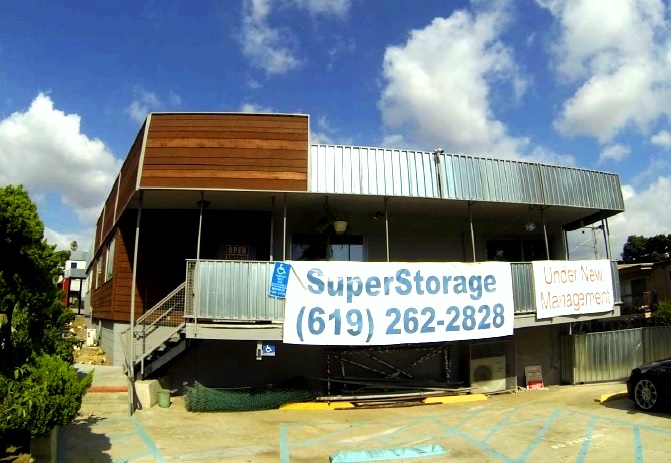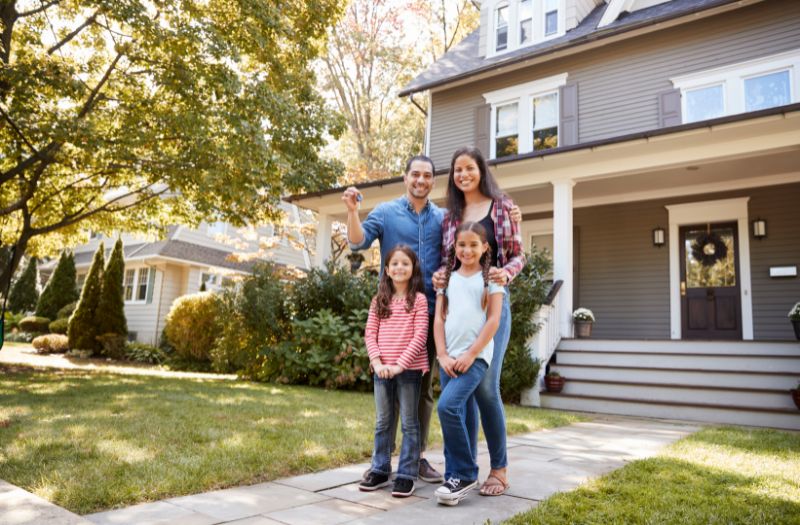The key to a trouble-free relocation is thorough preparation. So, before you hit the road, make sure you understand everything there is to know about the area you wish to call home.
But do you know where to start researching your new neighborhood? When you investigate your new neighborhood, a great deal of ground needs to be covered.
From reading local publications and social media to discovering zoning regulations and exploring transportation choices, there is much to check out.
To help you start this new chapter with certainty and clarity, here are some helpful tips to follow when researching your potential new neighborhood.

1. Make Use of Social Media and Online Platforms
Leverage the power of social media and online platforms to gather insights about your new neighborhood. Residents frequently discuss their experiences, opinions, and concerns in local community groups on sites like Facebook and Nextdoor.
Engage with the community by asking questions or participating in discussions. Additionally, you can get a wider range of viewpoints by visiting review websites and internet forums.
Using these platforms, you will stay up-to-date on neighborhood happenings, meet potential neighbors, and learn more about the area.
2. Take a Stroll
Explore your potential neighborhood by taking a virtual or physical walk. Use online mapping tools to virtually navigate the streets or physically stroll through the area. Be a tourist in your own town, discovering local landmarks, shops, and attractions.
This immersive experience lets you feel the atmosphere of your new neighborhood directly. You will be able to picture your daily life there, allowing you to connect with the place you might one day call home.

3. Explore Local Amenities and Services
Investigate the proximity and variety of local amenities and services in your new neighborhood. Consider the availability of grocery stores, pharmacies, hospitals, and schools.
Evaluate how convenient it is to access essential services. Any inconvenience in this area could significantly impact your daily life.
Look for nearby parks, gyms, and recreational facilities to assess the potential for an active and enjoyable lifestyle. Also, make sure to check out the restaurants and nightlife alternatives in the area.
4. Check Crime Rates and Safety
Make safety a top priority by researching crime rates in your potential new neighborhood. Visit local police department websites to easily access crime statistics. Pay attention to factors like burglary, vandalism, and violent crimes.
Look into community watch programs and activities, and think about asking around to see what people who already live there have to say.
You may rest easy in your new home and enjoy a tranquil living space if you prioritize safety during your research.

5. Look into Schools and Education
For families or future plans, research the quality of local schools. Assess their reputation, ratings, and available extracurricular activities.
Quality schools not only provide a great education but can also enhance property values, making it a crucial consideration for both current and potential residents.
6. Research Commute and Transportation Options
Evaluate transportation options and commute times when researching your new neighborhood. Consider the proximity of public transportation, major highways, and the convenience of getting to your workplace. Check for alternative routes and assess traffic patterns during peak hours.
This research ensures a smoother and more time-efficient daily commute, contributing to a more seamless transition to your new living environment.

7. Feel the Neighborhood Character and Vibe
See the area for yourself to get a feel for its distinct personality and atmosphere. As you walk through the neighborhood’s stores, cafes, and parks, take it all in. To truly grasp a community, engaging in conversation with its residents and seeking their insights is important.
Whether you’re looking for a quiet suburban neighborhood, a lively metropolitan core, or a small, tight-knit rural town, knowing the area’s personality is important to ensure it fits your lifestyle.
This personal exploration will help you envision yourself as part of the community, fostering a sense of belonging in your new home.
8. Research Future Development Plans
Explore city planning documents and local government announcements to understand any proposed changes. This may include new commercial spaces, housing developments, or infrastructure improvements.
Knowledge of future development plans ensures you make an informed decision, anticipating changes that might impact your living experience and property values in the long term.

9. Local Regulations and Zoning
Understand local regulations and zoning laws to ensure they align with your lifestyle. Investigate restrictions on property modifications, noise levels, and overall aesthetic guidelines.
Complying with local regulations guarantees a harmonious living experience and avoids potential conflicts in your new community.
10. Asses Resale Value and Market Trends
Consider the resale value and market trends of your prospective neighborhood for a wise investment. Research recent property sales and analyze the appreciation or depreciation patterns.
Identify any upcoming developments or infrastructure projects that might influence property values. Additionally, consult real estate market reports and experts to understand the current market dynamics.
An area with a positive market outlook ensures the potential for a sound investment, providing financial stability and potential gains in the long run.
11. Evaluate Your Expenses
Investigate the local cost of living extensively in the area where you are thinking about relocating.
Take a close look at local spending on things like property taxes, utilities, and food. Make sure they fit within your budget by comparing them to your current area side by side.

12. Keep Up with Community Events and Activities
Check if the neighborhood has a vibrant community with regular events and activities.
A calendar filled with activities showcases an engaged community, offering opportunities to connect with neighbors and enjoy a lively environment in your new home.
Final Remark on Researching New Neighborhoods: Make Your Needs Your Research Priority
Tailor your neighborhood research to align with your specific needs and preferences.
Identify key factors that matter most to you, such as proximity to work, schools, or public transportation.
Focusing on what matters most to you will streamline your research and help you find a neighborhood that meets your lifestyle and requirements.

If you’re looking for a storage facility to store your belongings, SuperStorage San Diego has got you covered in this department. Here at SuperStorage San Diego, we offer a wide range of unit selections and top-notch security. To learn more about our self-storage facility, please check out our website at https://superstoragesandiego.com/.
